A billion children live in countries with a very high risk of exposure to heat waves, cyclones, floods or air pollution, according to the Unicef report on children’s climate risk index.
Heat waves, droughts, floods, cyclones or forest fires. In recent months we have seen how, in various parts of the planet, there has been an accumulation of severe weather phenomena of all kinds due to global warming. And in these circumstances children are the most vulnerable group, either because of the impacts of the climate crisis and the diseases that result from it, or because their future will be linked to a planet in which these phenomena will be very more frequent and dangerous.
This was stated by the Executive Director of Unicef, Henrietta Fore, in the report produced by the United Nations Children's Fund on the climate risk index of children. "The climate crisis is a crisis of children's rights." And as the report points out, a billion children, or almost half of the children living on the planet, are severely exposed to the dangerous effects of climate change that violate rights such as access to clean air, food, drinking water, the right to education, housing or protection from exploitation.
This first comprehensive analysis of climate risks from the perspective of children shows that these children who suffer from the impact of the climate crisis live in one of the thirty-three countries considered to be at very high risk of suffering the effects of global warming. The study highlights that countries such as the Central African Republic, Chad, Nigeria, Guinea and Guinea-Bissau are the most vulnerable to suffering the effects that endanger the health, education, protection of children, while exposing them to deadly diseases.
The report classifies countries according to the exposure of children to climate and environmental disturbances, as well as their vulnerability according to their access to essential services, such as water, sanitation, hygiene, medical care and education. Spain, for example, ranks 117th out of 163 countries, ahead of most of its surrounding countries. On the other hand, Iceland, Luxembourg, New Zealand, Finland and Estonia close the list. You can consult the report at this link.
Data that draw a very serious picture
Fore, the executive director of Unicef, considers that the figures extracted from the report paint a "much more serious picture than we could have imagined". The climate crisis situation even affects the right of children to survive, as the countries most affected by global warming face multiple overlapping crises that increase the shortcomings of children in these countries.
The Unicef study shows that one billion children are highly exposed to increasing levels of air pollution; 920 million children are severely exposed to water scarcity; 820 million are heavily exposed to heat waves; 400 million children are highly exposed to cyclones; 330 million children are severely exposed to river floods; and 240 million are heavily exposed to coastal flooding. Finally, the report highlights that 600 million children are highly exposed to vector-borne diseases.
It should be noted that the climate risk index of children puts on the table the nonsense that the thirty-three countries considered very high risk of suffering the effects of global warming, and in which children are more vulnerable , emit only 9% of global CO2 emissions, while the ten countries that generate the most emissions represents the 70% of global emissions.
The current pandemic context has only made this situation even worse. The health crisis has exposed the existing inequality between countries or even between regions of the same country. Poverty often increases in the most vulnerable countries due to various risk factors, such as limited access to vaccines. At the same time, however, this crisis is also an opportunity to reimagine a world that thinks of children.
Act to reverse the situation
In short, these figures show the need to act to try to solve a situation that, despite the constant warnings of the scientific community, has gone too far. There is time to react, but less every day. The Executive Director of Unicef explains that it's necessary to improve children's access to essential services, such as water and sanitation, health and education, something that can significantly increase their ability to survive the dangers of the climate.
In the same study, Unicef urges governments and businesses to consider the voice of children and prioritize measures to protect them from the effects of climate change, as well as speed up work to drastically reduce greenhouse gas emissions.
Among the specific measures it sets out, the United Nations Children's Fund proposes to increase investment in climate adaptation and resilience in the most important services for children; reduce greenhouse gas emissions with immediate strong action; provide children with climate education and ecological skills; include young people in all climate-related negotiations and decisions; and ensure that the recovery of the pandemic is environmentally friendly.
The Unicef report has been prepared in conjunction with various entities and platforms, such as Data For Children Collaborative or Climate Cardinals, and has had the collaboration of Fridays For Future. Greta Thumberg, along with other members of the international youth platform for climate change, outline the need "to address the facts, recognize that climate change is a crisis and act with the necessary urgency to ensure that today's children inherit a habitable planet”.
Immediacy and urgency are two of the words most used by environmental organizations when talking about the need to act. In fact, Unicef warns that if the necessary measures aren't already taken to reduce gas emissions, children will continue to suffer more than anyone else. "Children need more food and water for every unit of body weight; they have less ability to survive extreme weather events; and they are more susceptible to toxic chemicals, temperature changes and disease, among other factors", they state.
For now, we find 2030 as the deadline for countries to reduce their emissions by 45% compared to 2010 levels, at least, to prevent the temperature rises more than 1.5 ° C, the dangerous figure of global warming that countries imposed as a limit on the Paris Agreement of 2015, but that, over the years, we have been getting closer than expected.
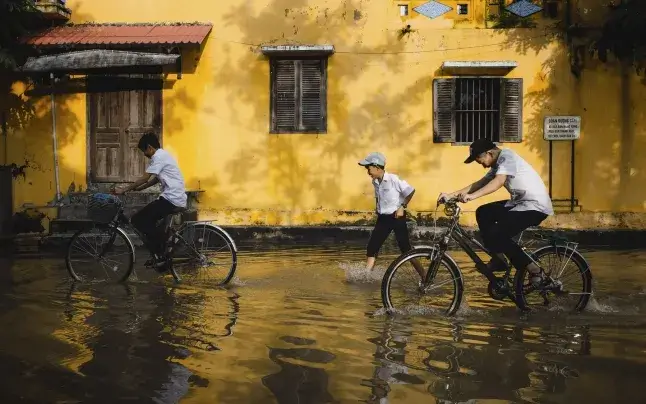
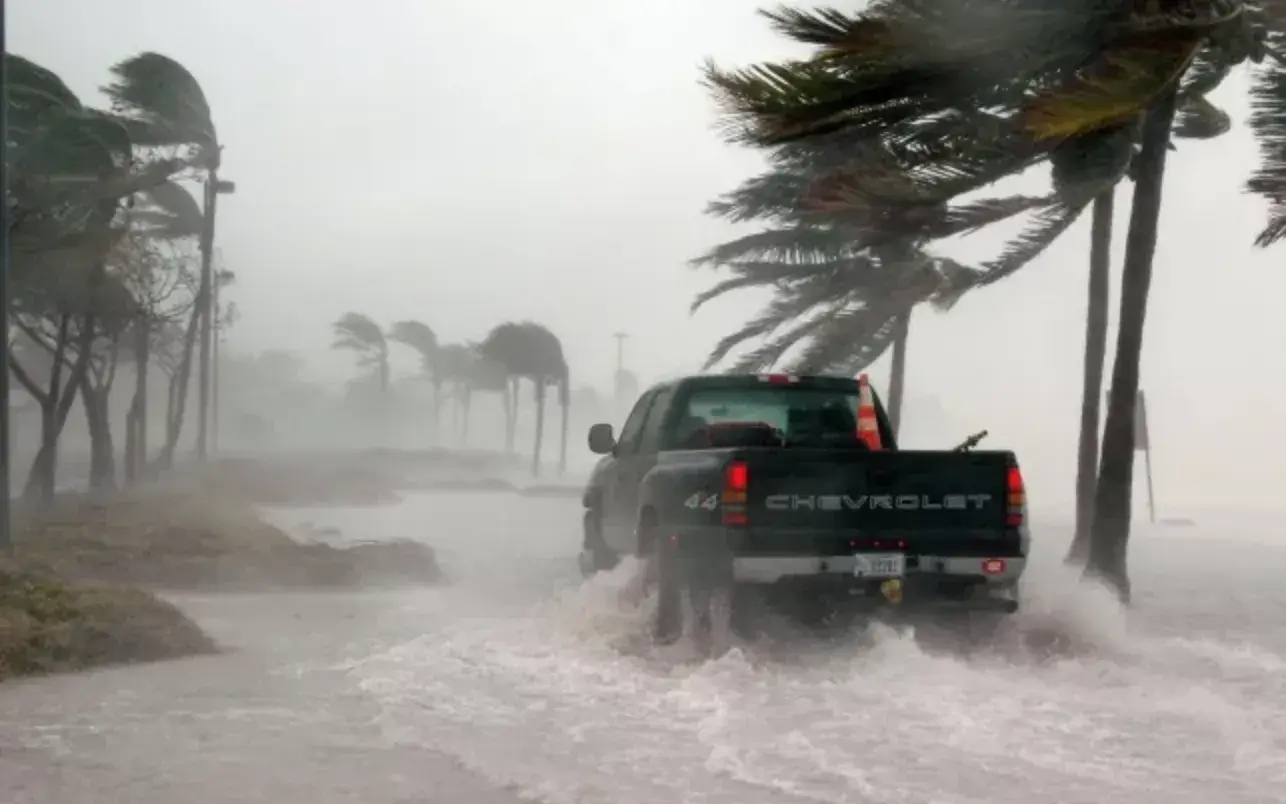
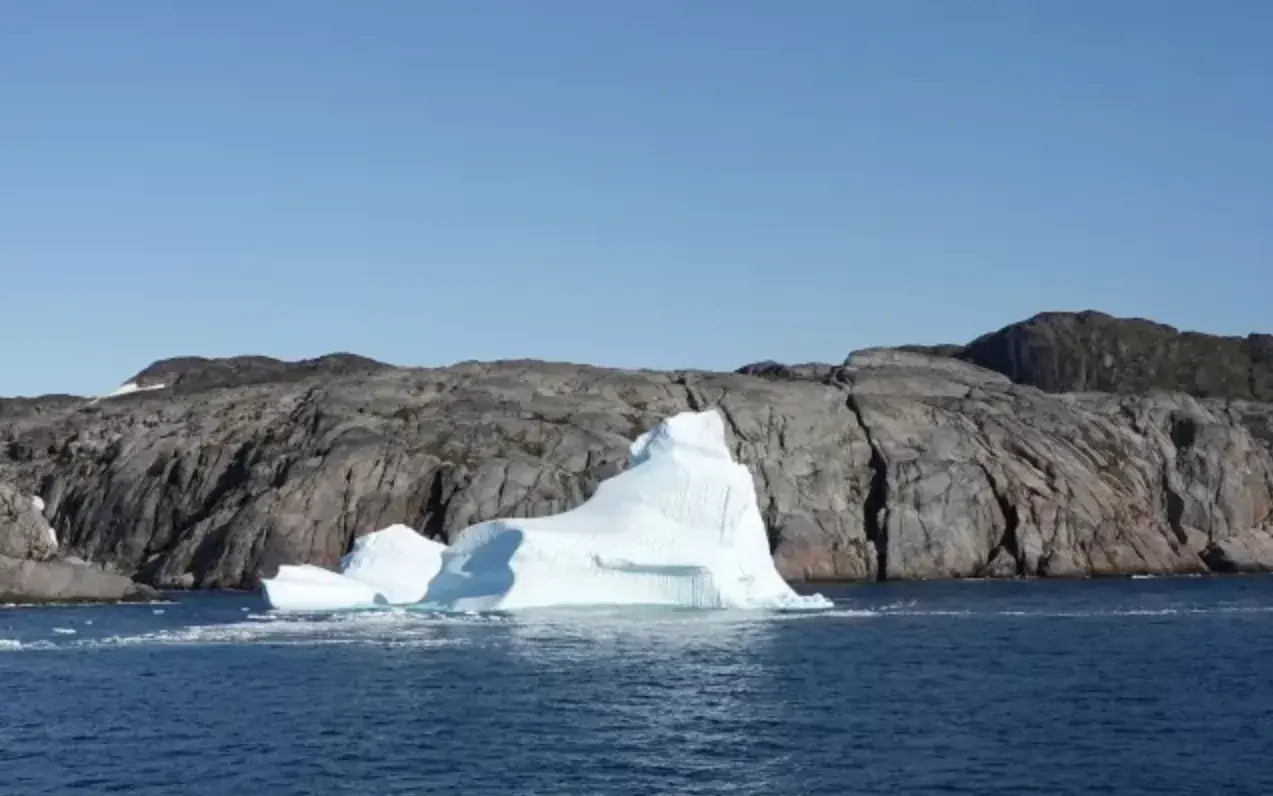



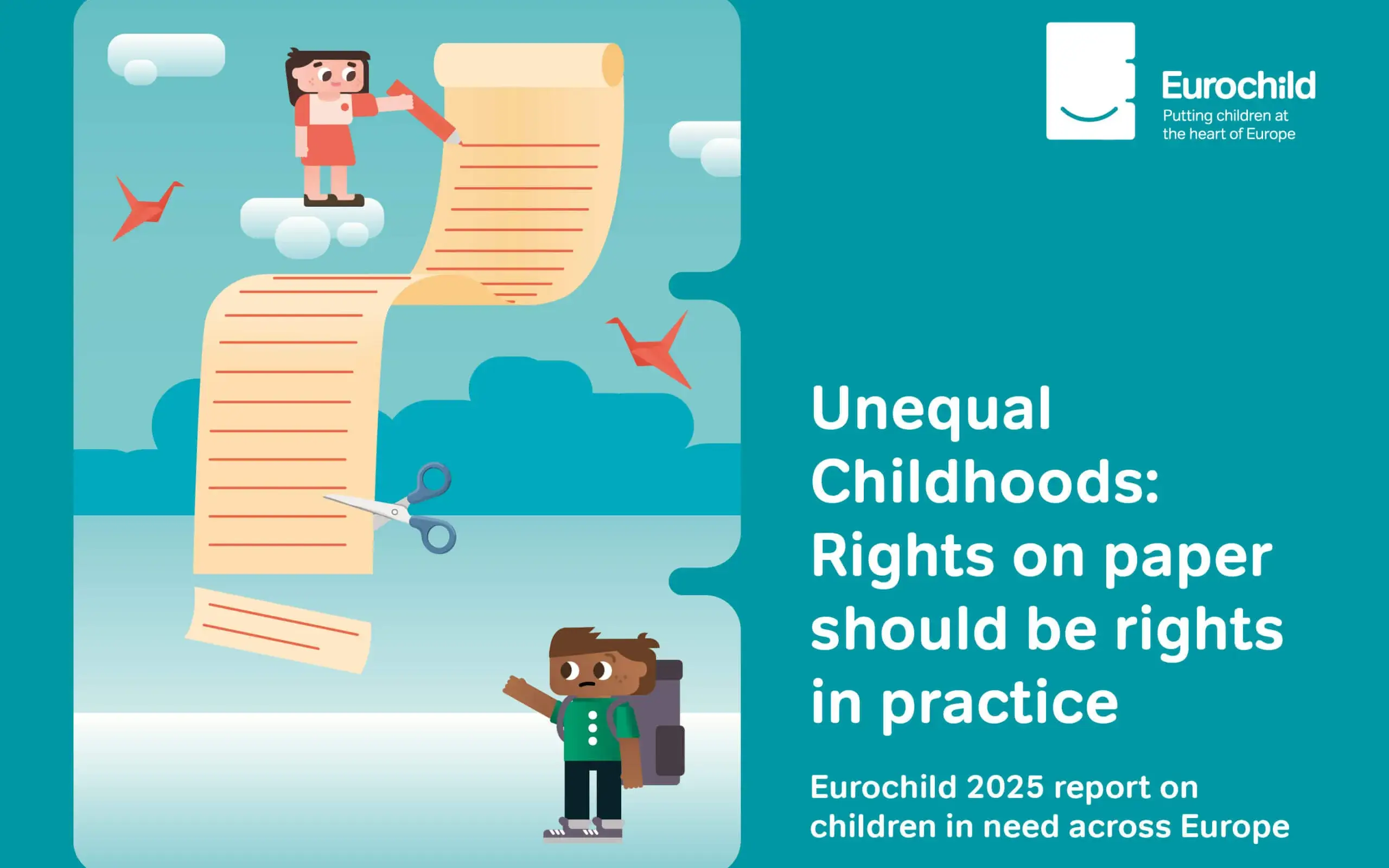
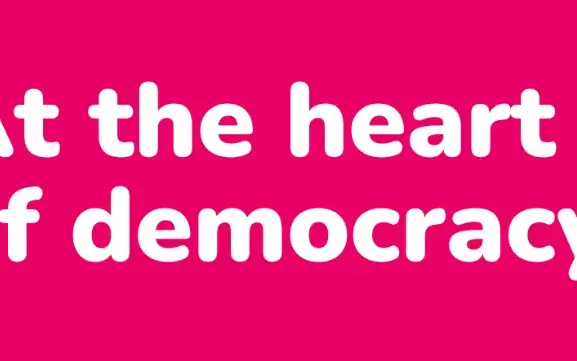

Add new comment